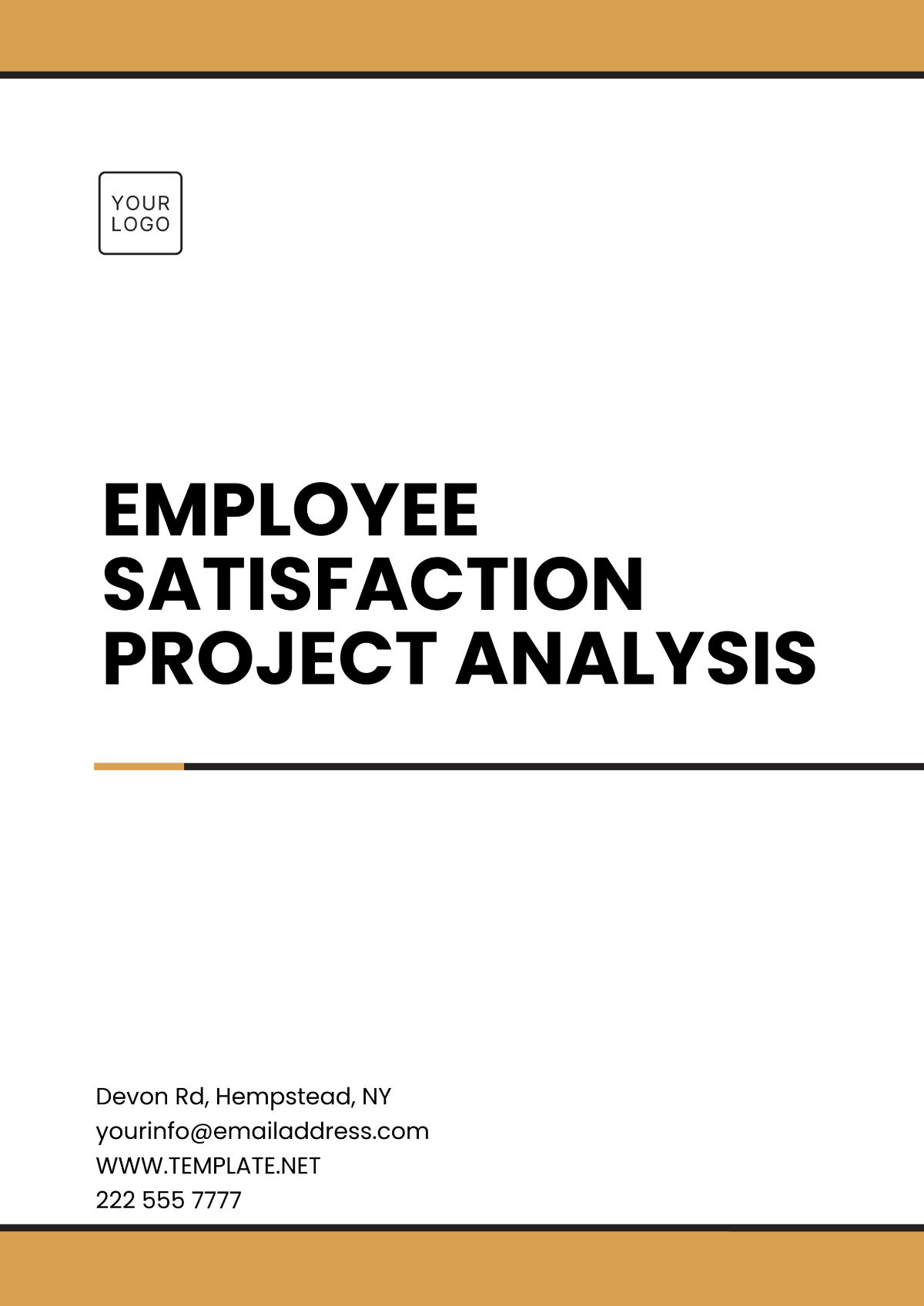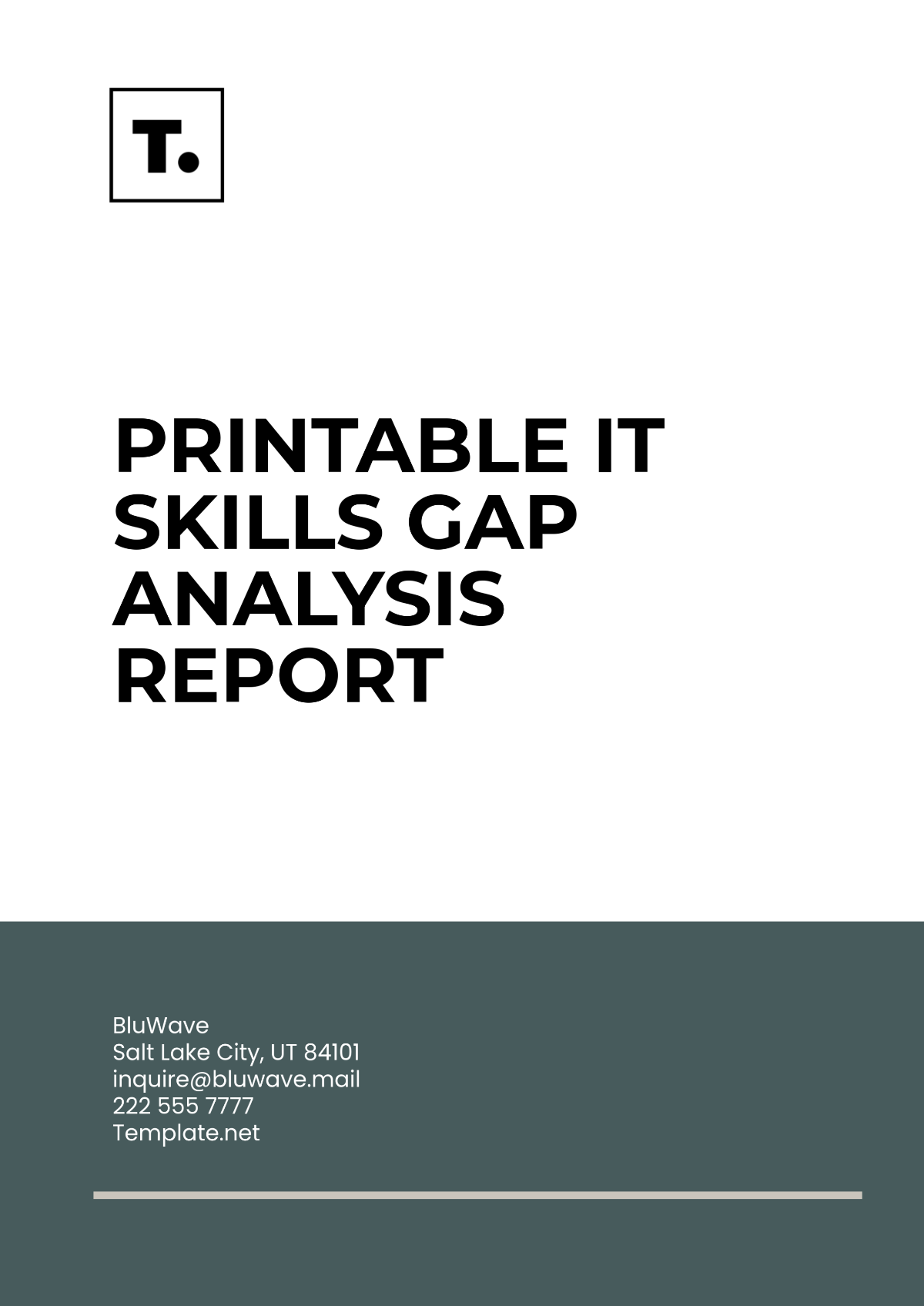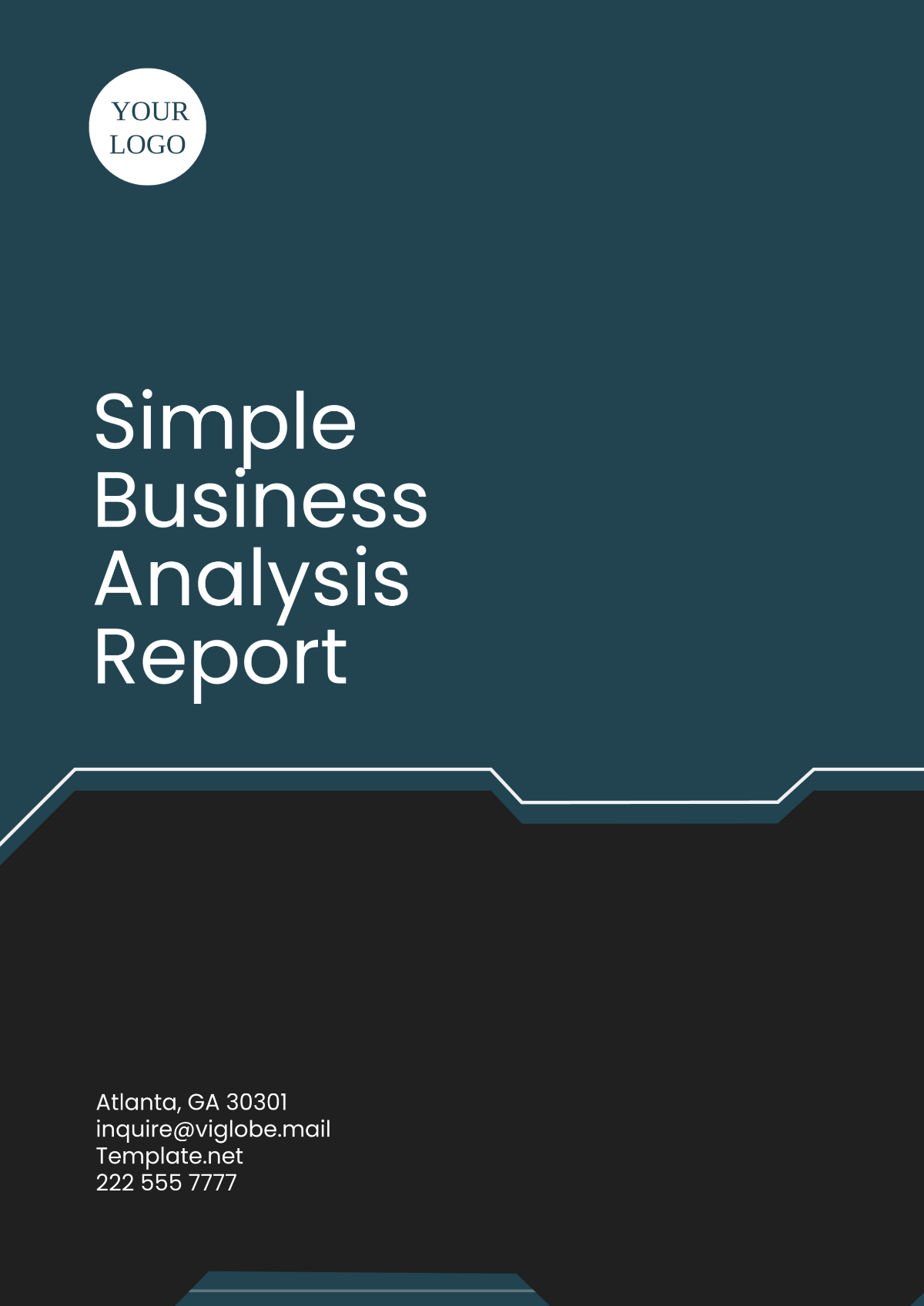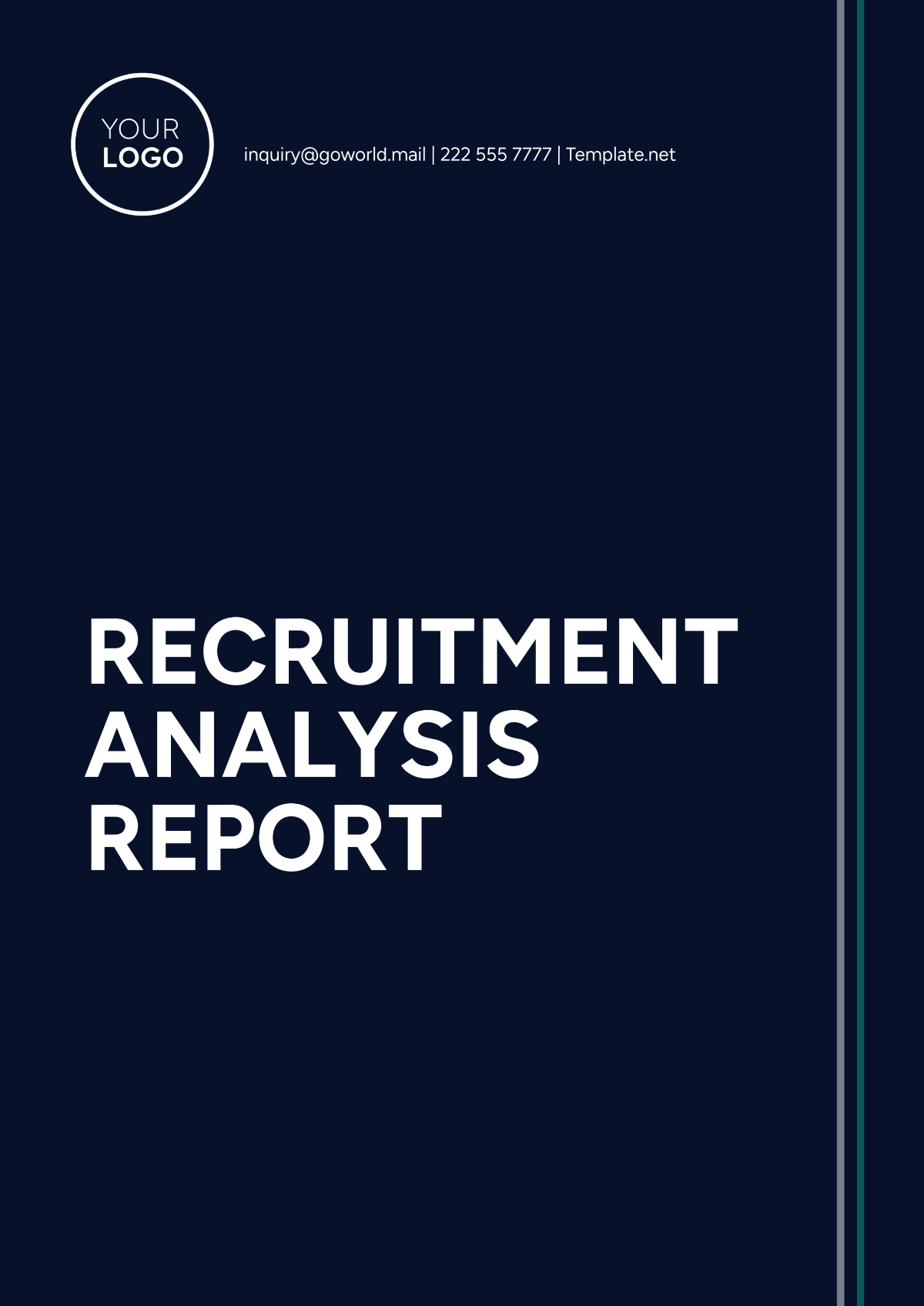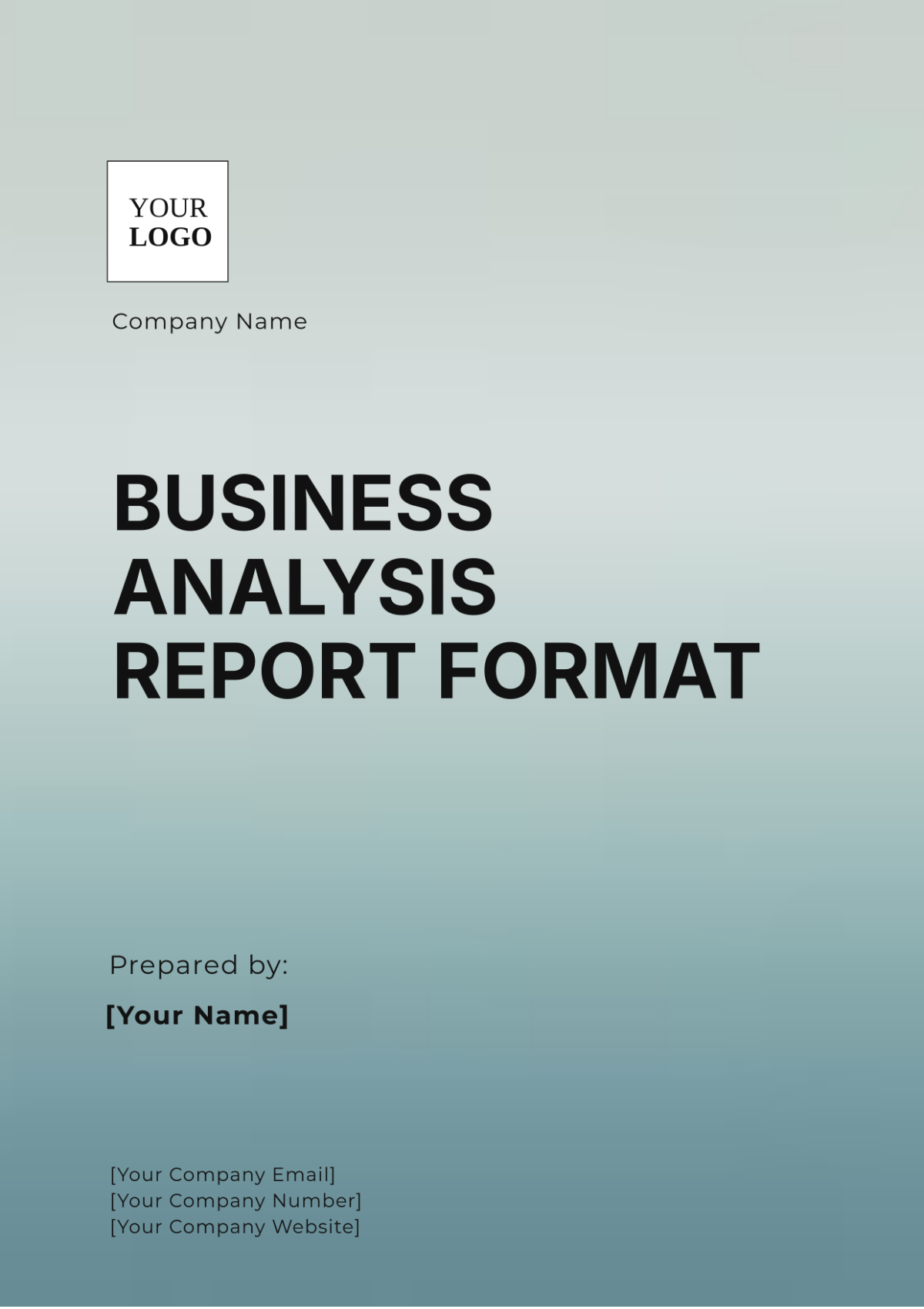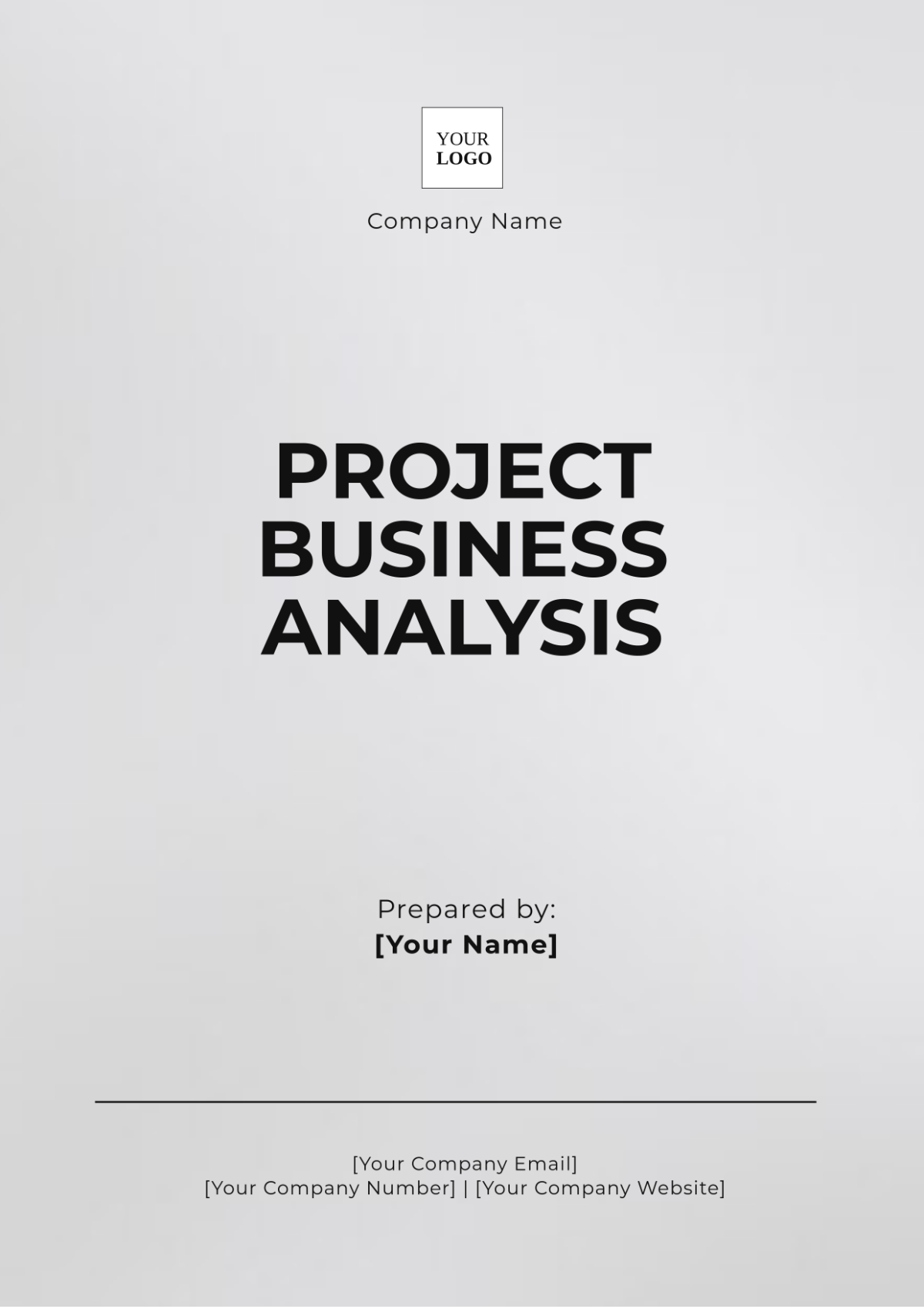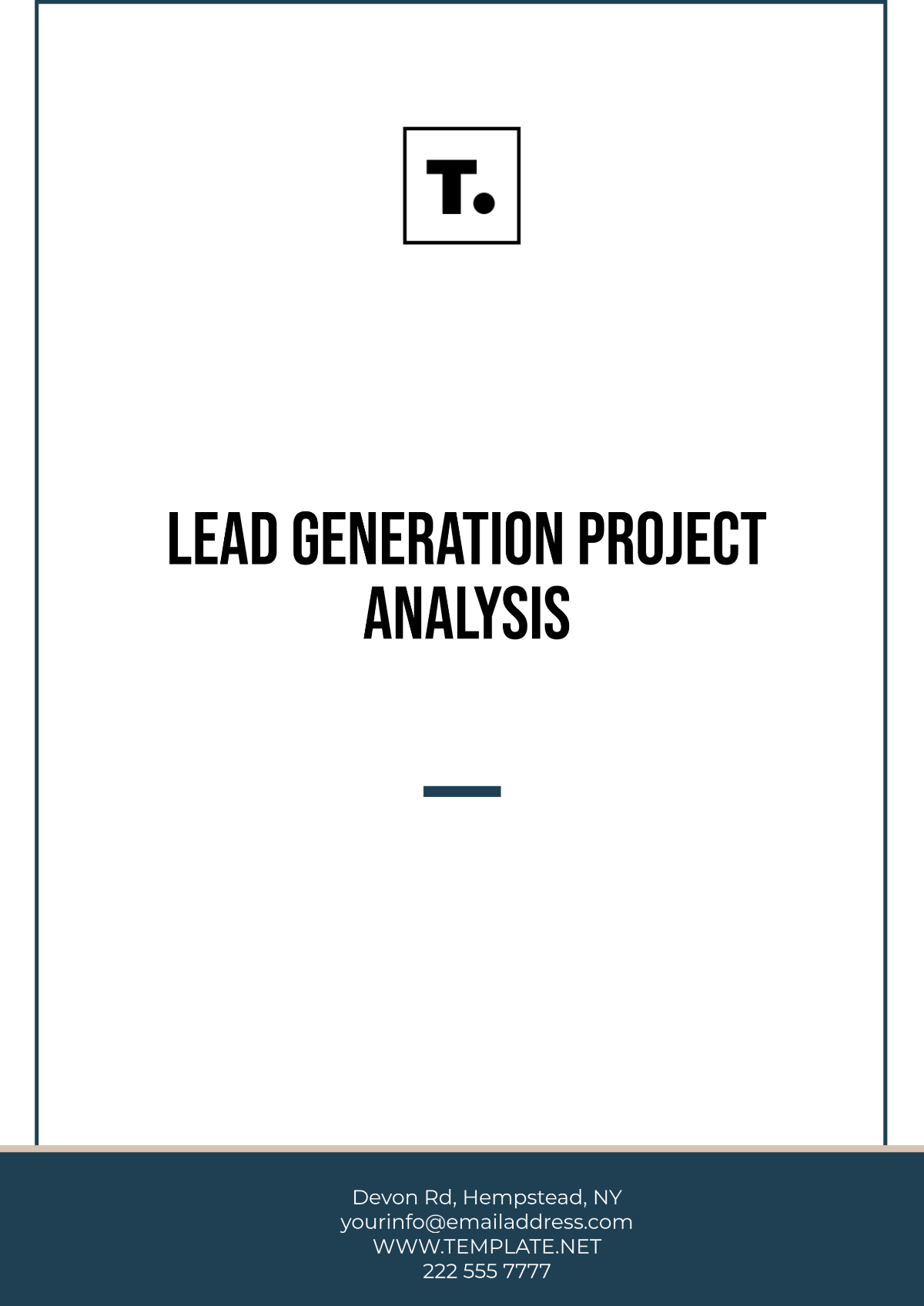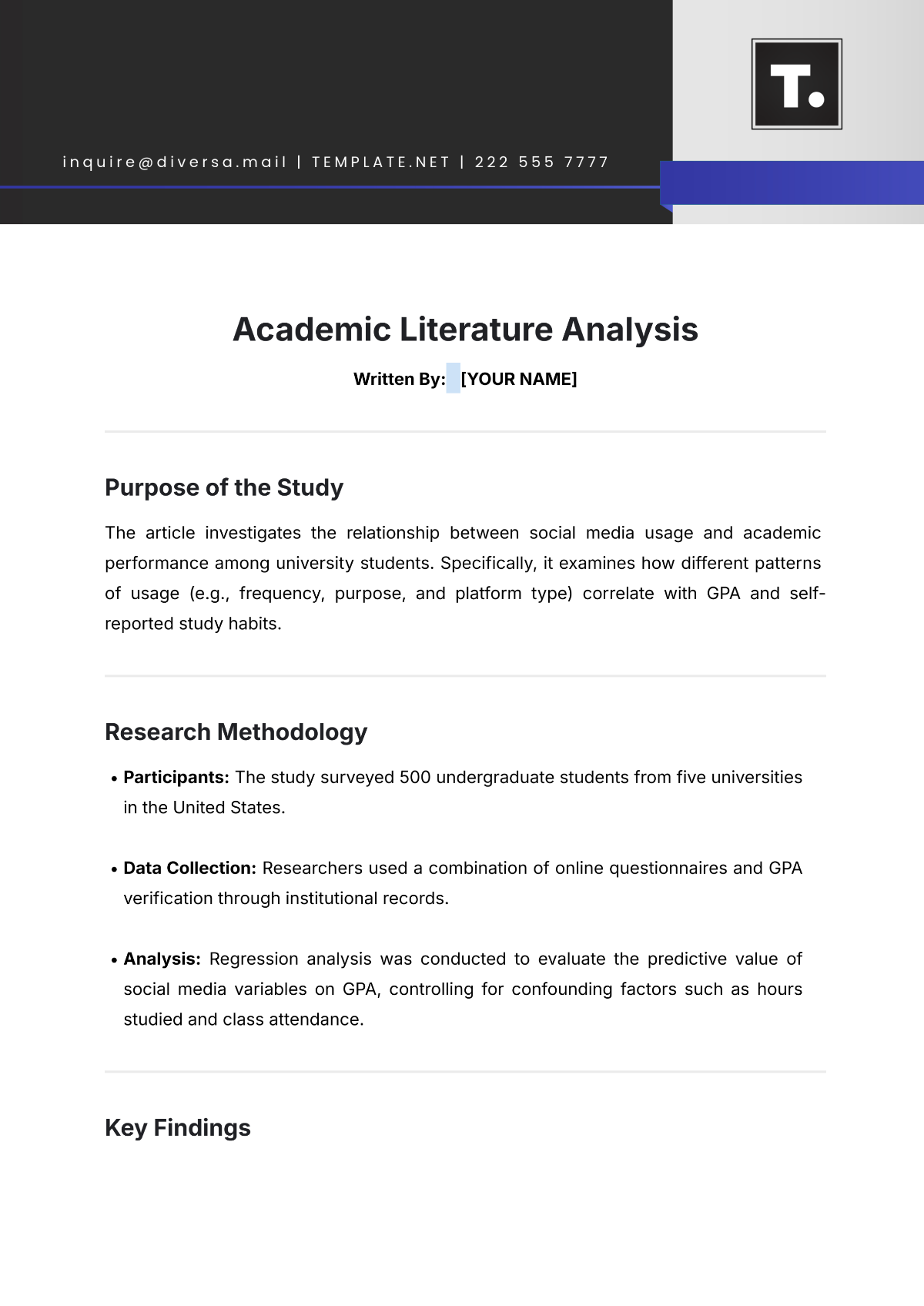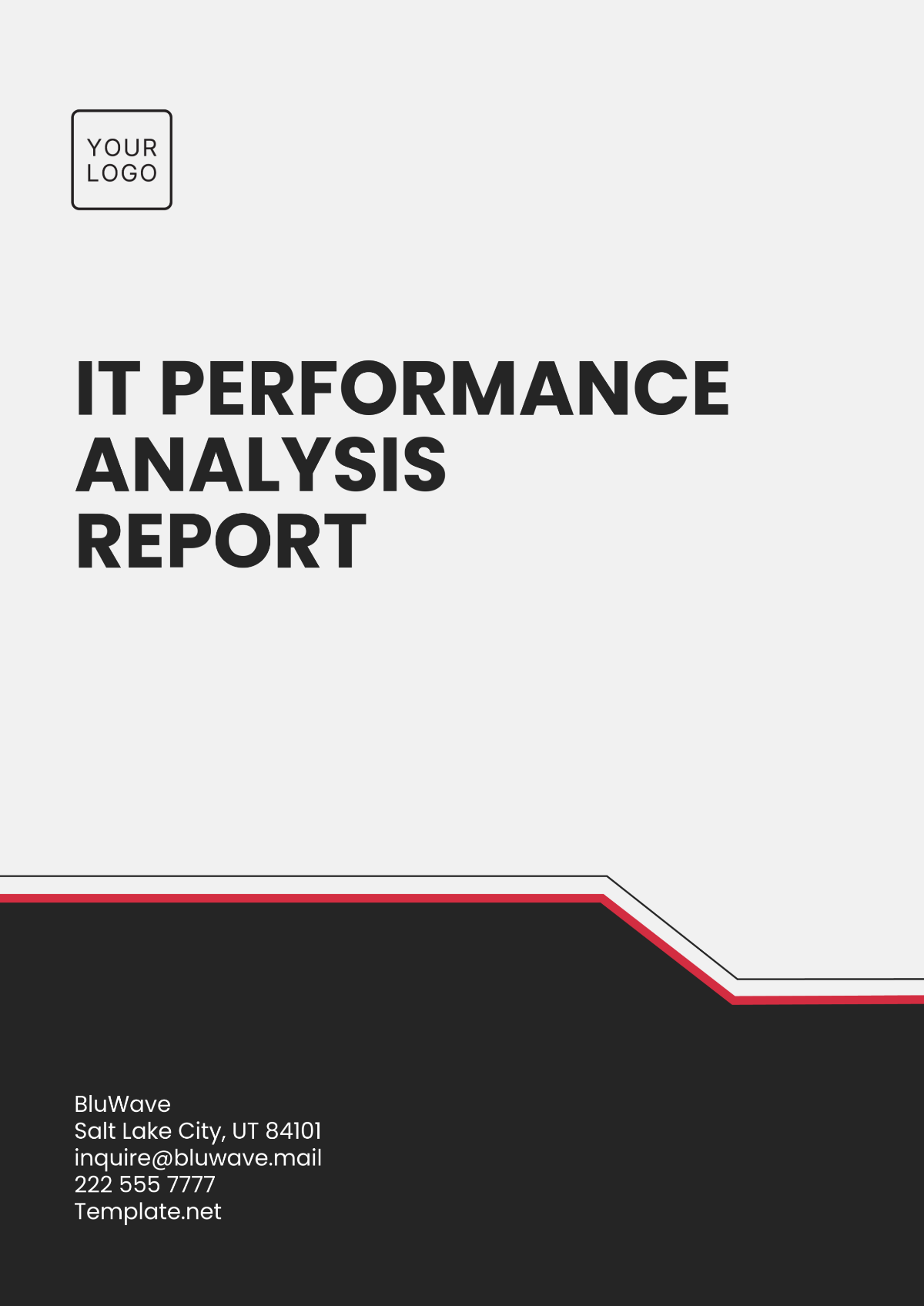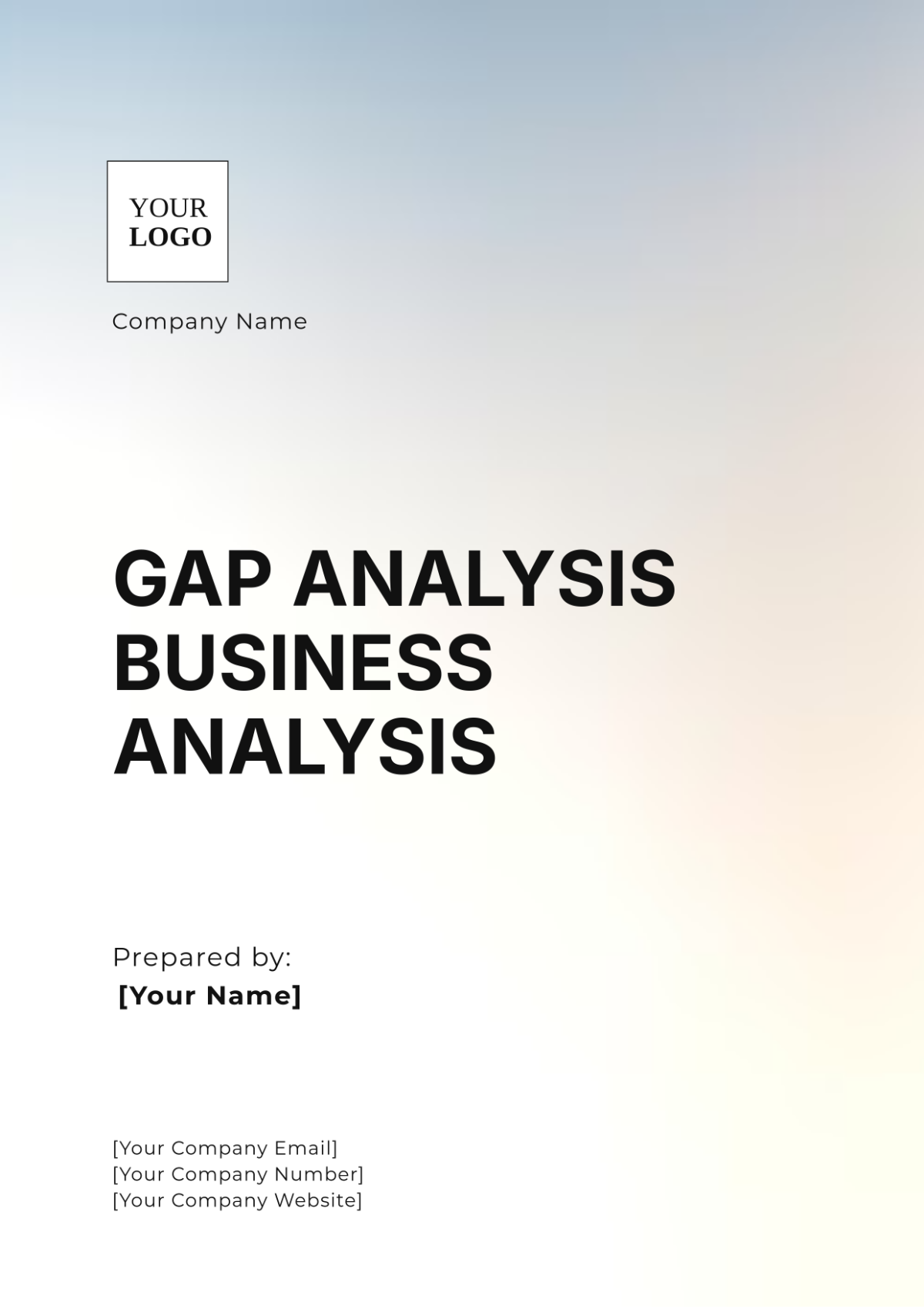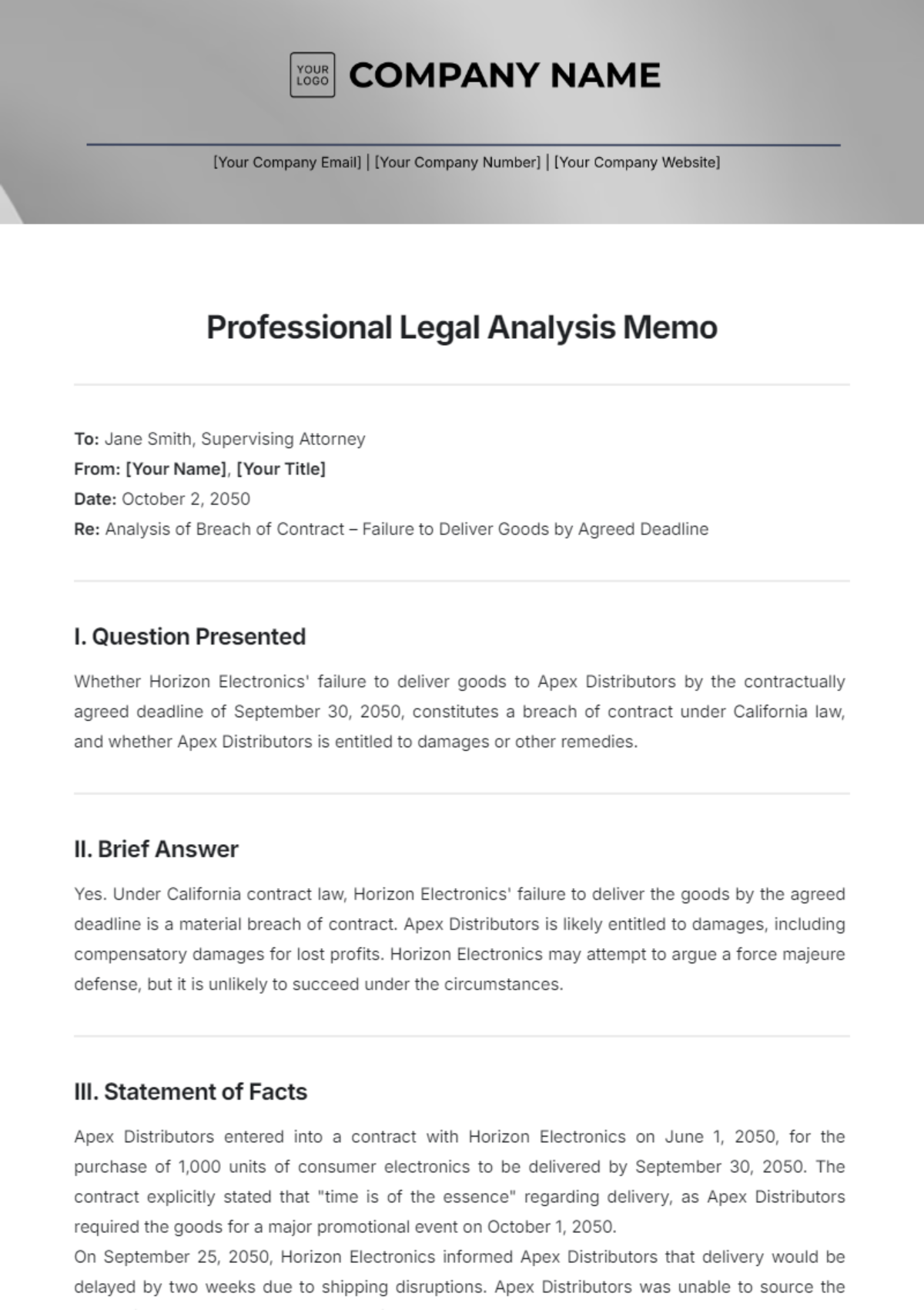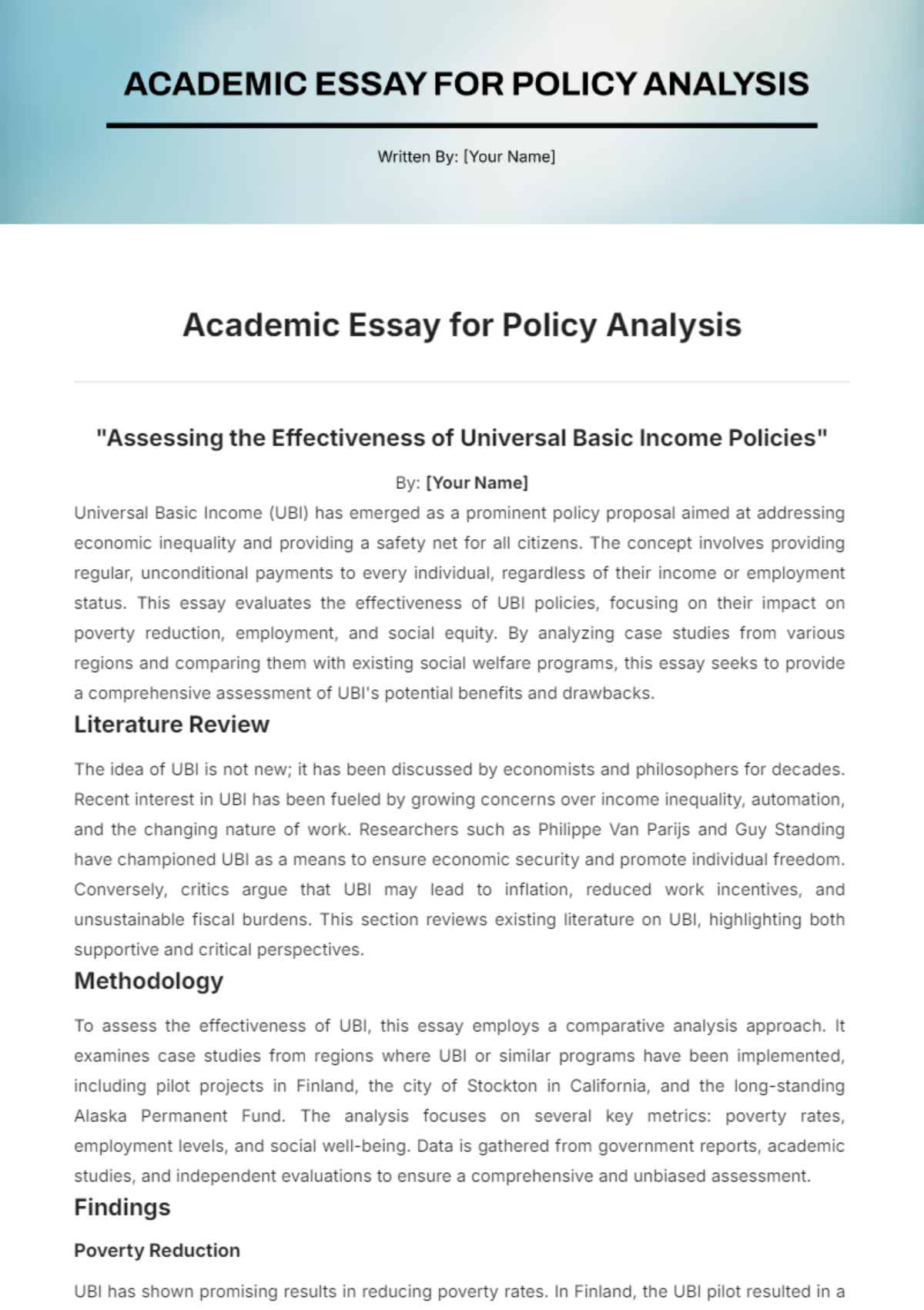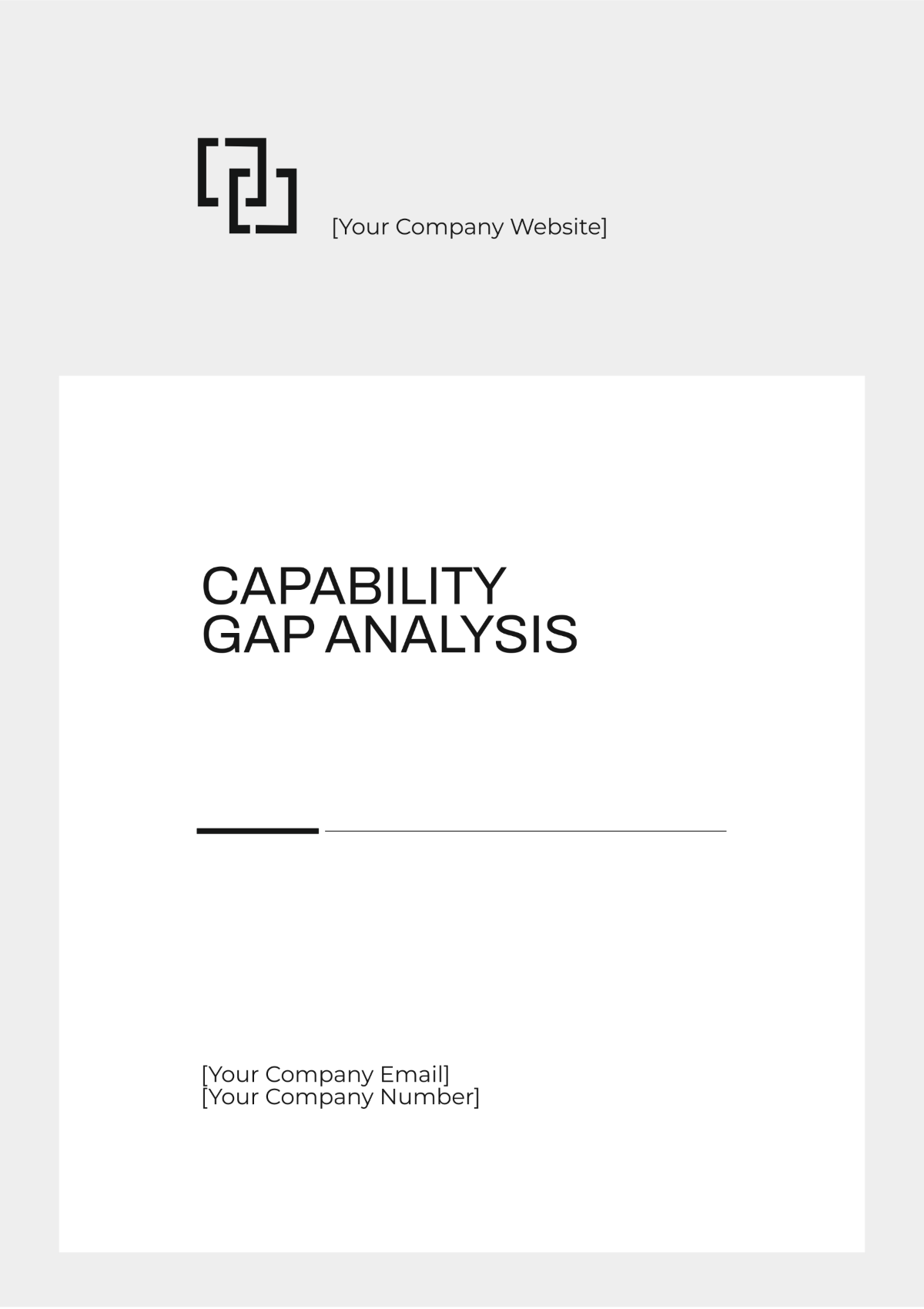Discourse Analysis Report
Prepared By: [YOUR NAME]
Date: [DATE]
I. Introduction
This Discourse Analysis Report examines corporate communication strategies within a leading technology company. The primary objective is to analyze how the company’s internal and external communication practices shape organizational culture and stakeholder perceptions. This report provides a detailed analysis of language use in corporate communications to uncover how it affects employee engagement, brand image, and public relations.
II. Literature Review
Existing literature underscores the crucial role of language in shaping organizational culture and influencing stakeholder perceptions. Scholars have extensively explored how strategic communication impacts corporate identity and employee motivation. Notable studies include:
Craig E. Carroll (2054): Carroll’s work, Corporate Communication: A Guide to Theory and Practice, delves into the mechanisms by which corporate communication shapes organizational culture. His research highlights:
The deliberate and thoughtful employment of language to strengthen and promote the core values and overarching mission of a corporation.
The role of internal communication in fostering employee engagement and alignment with organizational goals.
Patricia J. Parker (2057): In Strategic Communication for Organizations, Parker examines the effectiveness of communication strategies in building corporate identity and managing stakeholder relationships. Key findings include:
An in-depth exploration of how strategically crafted messaging influences public perception and shapes the overall reputation of a brand.
How targeted communication efforts influence investor confidence and media portrayal.
These foundational works provide valuable insights into how discourse analysis can uncover the nuances of corporate communication practices. By analyzing language use, researchers can reveal:
How do communication strategies impact organizational culture positively or negatively?
The effectiveness of messaging in achieving strategic objectives and addressing stakeholder needs.
Overall, these studies offer a framework for understanding the interplay between language, corporate identity, and employee motivation, setting the stage for a detailed analysis of contemporary corporate communication practices.
III. Methodology
The analysis was conducted using a qualitative approach, focusing on internal memos, company newsletters, and public statements from the technology company over the past year. The method involved thematic coding and discourse pattern analysis to identify key communication strategies, language trends, and their impact on organizational culture and stakeholder engagement.
IV. Analysis
The analysis identified several notable patterns in the company’s corporate communication:
Communication Strategies: The company employed a combination of motivational language and strategic messaging to reinforce its brand values and mission. This included the use of positive reinforcement and future-oriented language.
Organizational Culture: Language in internal communications reflected a strong emphasis on innovation and teamwork, which was intended to foster a collaborative work environment.
Stakeholder Perceptions: Public statements were designed to project a forward-thinking and socially responsible image, influencing how the company is perceived by clients, investors, and the media.
V. Results
The findings from the analysis indicate that the company’s communication strategies play a significant role in reinforcing its brand identity and shaping organizational culture. Specifically:
Reinforcement of Brand Identity: The company's strategic messaging solidifies its brand and cements its industry leadership in innovation and excellence.
Strengthening Organizational Culture: Strategic communication fosters a collaborative, forward-thinking culture, uniting employees with a shared purpose.
Positive Stakeholder Perceptions: Public statements and communications enhance the company’s reputation and build strong stakeholder relationships, leading to positive perceptions from clients, investors, and the media.
Notwithstanding these strengths, the thorough analysis also highlights and brings to light several areas that would benefit from enhancement and improvement.
Enhancing Transparency: Enhancing transparency and openness in communications can build trust and credibility with stakeholders.
Addressing Communication Gaps: The analysis reveals potential gaps in addressing specific stakeholder concerns. A more nuanced approach to external communication could better address issues and enhance stakeholder engagement.
VI. Discussion
The results align with existing research on the importance of strategic communication in shaping organizational culture and stakeholder relationships. The findings suggest that while the company’s current communication practices support its strategic goals, there is room for improvement in areas such as transparency and addressing stakeholder concerns more directly.
VII. Conclusion
This Discourse Analysis Report provides valuable insights into the impact of corporate communication strategies on organizational culture and stakeholder perceptions. The analysis highlights the effectiveness of current practices and offers recommendations for enhancing communication to better align with organizational goals and stakeholder expectations.
VIII. References
Carroll, C. E. (2054). Corporate Communication: A Guide to Theory and Practice. Wiley-Blackwell.
Parker, P. J. (2057). Strategic Communication for Organizations. Sage Publications.















